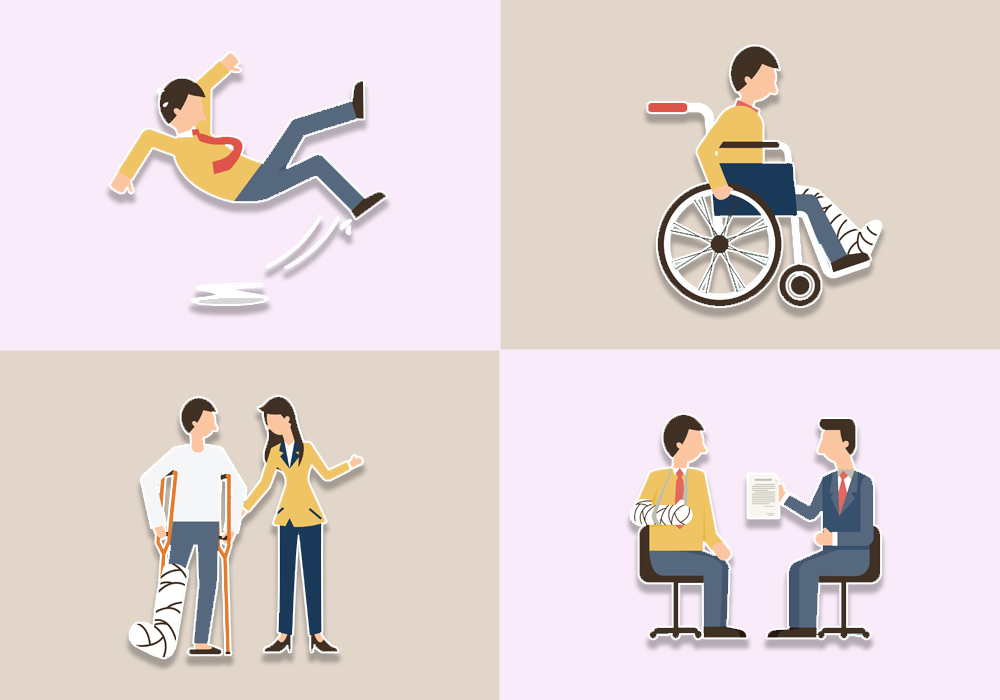
When we buy health insurance, we often look at the sum insured, the network of hospitals, and the premium. But what many of us miss out on are riders—optional add-ons that can significantly enhance your health insurance plan’s utility. These riders are not just bells and whistles. When chosen wisely, they can help plug the gaps in your base policy and offer financial protection during times of real need.
As medical inflation continues to rise in India, and healthcare expenses go well beyond just treatment costs, riders are becoming increasingly relevant. From covering the cost of daily hospital expenses to protecting you in the event of a critical illness, these add-ons are designed to give your policy more power—without necessarily increasing your premium by a large margin.
Let’s explore five of the most useful health insurance riders in 2025 and understand why you should consider adding them to your plan.
1. Hospital Daily Cash Rider
One of the most overlooked yet incredibly practical riders is the Hospital Daily Cash Rider. Even if your health policy covers hospitalization, there are many out-of-pocket expenses that it doesn’t take care of—like transportation, food for attendants, or minor medical accessories not included in the final bill.
This rider gives you a fixed daily allowance (usually ranging from ₹500 to ₹5,000 per day) for each day you are hospitalized. This benefit is paid regardless of your actual expenses, and it doesn’t reduce your sum insured.
For instance, if you’re admitted for 5 days and your plan offers ₹2,000 per day as daily cash benefit, you get ₹10,000 straight—no bills or receipts needed. This can come in handy especially if your hospitalization is in a city away from home or if you need to manage additional caregiving costs.
2. Critical Illness Rider
The Critical Illness Rider has become one of the most important add-ons in recent years, particularly because the cost of treating life-threatening conditions like cancer, kidney failure, or heart disease can be financially draining—even with insurance.
Unlike a regular health policy that reimburses treatment bills, a critical illness rider pays out a lump sum amount the moment you are diagnosed with any of the listed illnesses. You can use this payout for treatment, rehabilitation, income replacement, or even to pay EMIs while you’re recovering.
The number of illnesses covered and the payout amount vary from insurer to insurer. However, even a modest critical illness rider can be a game-changer if a major health setback strikes. It adds a layer of financial stability during prolonged treatment periods or when income stops due to inability to work.
3. Room Rent Waiver Rider
Most health insurance plans come with a room rent limit, especially the lower-premium ones. This cap could be a fixed amount (say ₹3,000 per day) or a percentage of the sum insured (like 1%).
The issue is, if you choose a room that exceeds this cap, you don’t just pay the difference in room charges—you may end up paying proportionately more on other related hospital expenses like doctor’s fees or surgery costs.
This is where the Room Rent Waiver Rider proves invaluable. By opting for this rider, you remove the room rent cap entirely, giving you the freedom to choose any hospital room, including private single occupancy rooms. In metropolitan hospitals where even a standard room can cost ₹5,000 to ₹7,000 a day, this rider helps you avoid surprises in your final bill.
For people in Tier 1 cities or those who prefer high-end hospitals, this rider is especially useful and gives peace of mind during already stressful times.
4. Personal Accident Rider

Accidents don’t come with a warning. And while your health insurance may cover the hospitalization cost after an accident, it doesn’t offer compensation for disability or death. The Personal Accident Rider fills this serious gap.
This rider provides a lump sum payout in case of accidental death or permanent disability, either partial or total. The payout can be used by the family for managing household expenses, repaying loans, or ensuring that lifestyle expenses are taken care of even if the earning member can no longer work.
This rider is particularly critical if you are the primary breadwinner of your family. It acts as a bridge between health insurance and life insurance, offering financial security in unforeseen circumstances.
5. Maternity and Newborn Cover Rider
With rising healthcare costs, maternity expenses have become a major concern for young couples. Most standard health insurance policies either exclude maternity or offer a very limited cover, often with long waiting periods.
The Maternity and Newborn Cover Rider is designed to help with this. It not only covers delivery expenses (both normal and cesarean), but also postnatal care and vaccinations for the newborn during the initial months. Some insurers even provide cover for complications during pregnancy.
This rider usually comes with a waiting period (typically 2 to 4 years), so it’s a good idea to opt for it early, especially if you are planning a family. It transforms your individual or family floater policy into a more comprehensive one that adapts to your evolving needs.
Choosing the Right Riders: A Balancing Act
While riders certainly enhance your policy’s effectiveness, it’s important to choose wisely. Don’t get carried away by the idea of maximum coverage—assess your health, lifestyle, family structure, and future plans before deciding.
A young salaried professional might benefit more from a personal accident and hospital daily cash rider, while a family person planning to have children might prioritize maternity and room rent waiver riders. Remember that each rider comes at an additional cost, and unnecessary add-ons can increase your premium without adding much real value.
It’s also crucial to read the fine print. Riders vary in terms of exclusions, waiting periods, payout mechanisms, and eligibility criteria. For example, the hospital daily cash rider may only kick in after a 24-hour hospitalization, and the critical illness rider may require survival for a certain number of days after diagnosis.
Final Thoughts
Health insurance is no longer a one-size-fits-all product. With rising medical expenses and increasing complexities in healthcare, it’s smart to customize your policy to match your needs—and riders help you do just that.
In 2025, as insurers become more innovative and as policyholders become more aware, riders will play a bigger role than ever before. Whether it’s shielding your family from financial instability during a medical crisis or simply covering unexpected day-to-day costs during hospitalization, the right rider can make all the difference.
So the next time you buy or renew your health insurance, don’t just look at the sum insured—look at the fine details and consider the riders that suit your life and future plans.







Leave a Reply